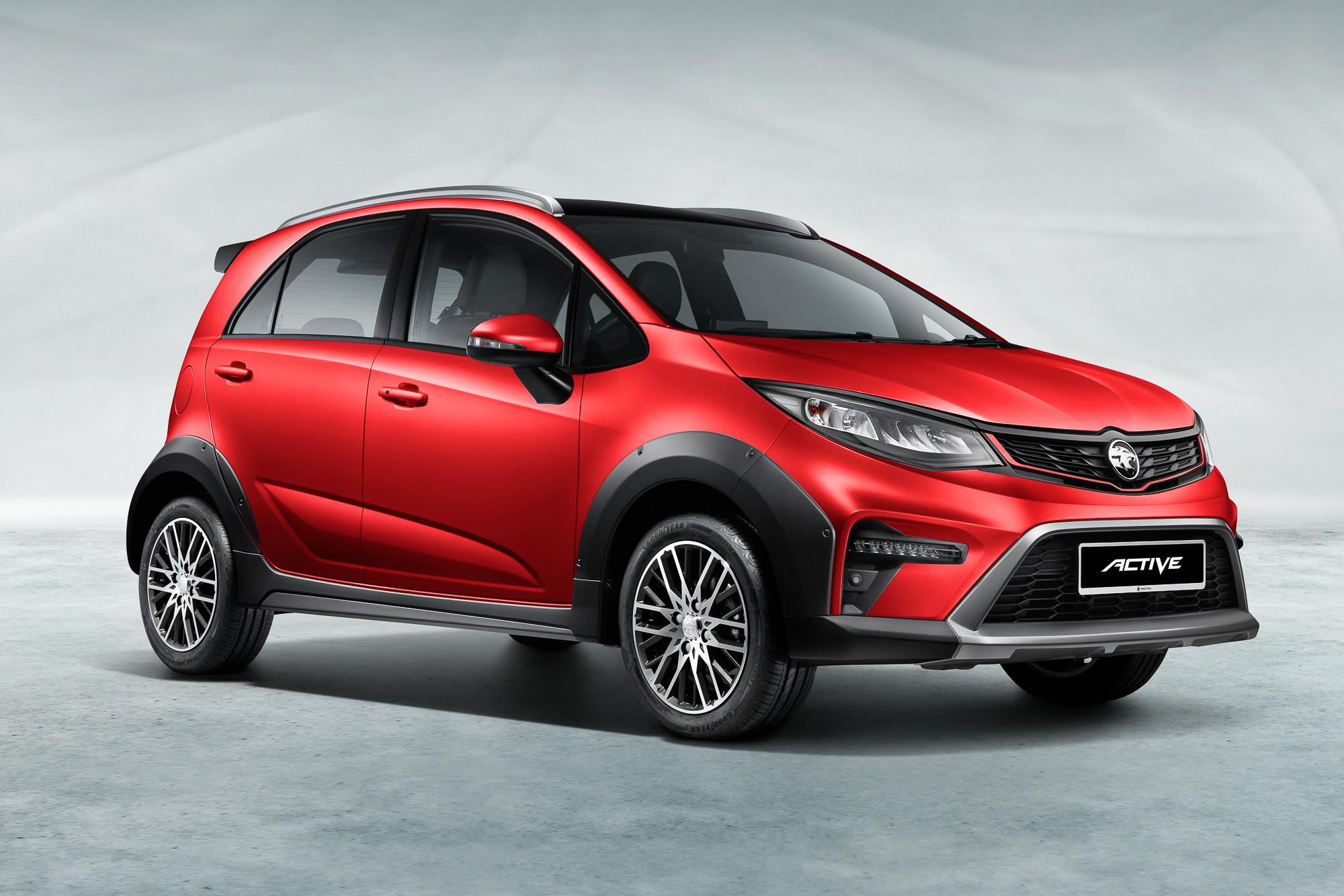2022 Proton Iriz facelift vs Perodua Myvi: spec to spec battle
2022 Proton Iriz facelift vs Perodua Myvi: which is the better Malaysian hatchback?

As soon as the 2022 Proton Iriz was launched with new specs and much more eye-catching ‘Active’ variant, the big question on the minds of most Malaysian motorists was clear: does Proton finally have a worthy competitor to the Perodua Myvi.
The long list of improvements is a clear indication of Proton’s intent at claiming a larger slice of a hugely profitable pie that has been largely dominated by the Myvi, the best-selling car in Malaysia since it was launched in 2006.
Although we can’t do a detailed comparison with driving impressions, a spec-for-spec – and head-to-head – comparison is in order.
2022 Proton Iriz Active
2020 Perodua Myvi
1: Price – what matters the most
No matter how impressive the features of each car, the first thing we need to consider in a segment like this is the price.With addition of a new variant called 2022 Perodua Iriz Active, which is now the new range-topper after the Standard and Executive models, this Iriz is priced from RM40,800 to RM54,800, which seems like good value for money on paper.
For a fair comparison with the Proton Iriz Active, the Perodua Myvi 1.5L, which is priced between RM50,530 and RM52,697, is the one we’re interested in. The Myvi is known for its efficient powertrain, spacious interior and unique features. That said, we can’t leave out the 1.3L variant that costs RM41,292-RM46,959 as a viable alternative to the Iriz 1.3L Standard either.
Although its base variant isn’t as cheap as the Iriz’s, the Perodua Myvi has the price advantage at the upper end in more ways than one. The Myvi 1.5L is also slightly cheaper to maintain than the Iriz, with the average service cost of RM306 per interval versus the Iriz’s RM358 over the course of five years or 100,000km. These prices are based on themanufacturer requirements and include service tax and labour charges.
2: Vital stats
Measuring 3,895 mm long and 1,735mm wide, the Perodua Myvi has a marginally smaller footprint than the Iriz, which measures 3,965 mm long and 1,740mm wide. Naturally, the Myvi is the lighter of the two, weighing between 1,125kg to 1,135kg while the Iriz tips the scale between 1,130kg and 1,185kg. The Myvi also has a bigger boot, with 277 litres of luggage space – 52 litres more than the Iriz.
As for powertrain figures, the 1.5-litre Dual-VVTi engine powering the Myvi has 103PS and 137Nm of torque. Transmission duty is handled by a good old fashioned, hassle-free four- speed automatic. Meanwhile, the Iriz features a 1.6-litre VVT engine with 109 PS and 150 Nm of torque and is mated to a CVT.
Proton Iriz spec
Perodua Myvi spec
3: Safety battle
At a glance, there is not much differentiating the Proton Iriz and Perodua Myvi in terms of safety. Both cars are been blessed with an equally long list of safety equipment for their prices. The list of common safety equipment includes six airbags, reverse parking camera with sensors, traction control and Hill Start Assist.
However, there is one huge safety feature that can only be obtained on Perodua Myvi which is the Advanced Safety Assist (A.S.A. 2.0) package. The key takeaway from A.S.A. 2.0 is autonomous emergency braking, which steps in when the driver is distracted and doesn’t notice the danger ahead. It could be as simple as not braking hard or fast enough to avoid a potential collision ahead, or even selecting the wrong gear – for example, wrongly selecting Drive instead of Reverse, when reversing out of a parking space.
Proton Iriz infotainment system
Perodua Myvi infotainment system
4: Lights and entertainment.
The infotainment system on the Iriz runs on GKUI which features voice command, navigation, and music streaming. Putting aside those features, the operating the system itself is impressive enough as an independent system while the display is crisp and the response is fluid.
In contrast, the infotainment system in the Myvi, might look a tad aftermarket. Again, it works just fine in isolation but it’s just not as slick to operate as in the Iriz nor is the display as clear. While on the topic of clarity, the Myvi deserves applause for offering LED headlamps as standard across all variants whereas the for the Iriz, this feature is only available on the Active variant. The Myvi also has additional features like the novel anti-snatch hook, seat side pocket, and built-in toll reader.
Price: 1.3L (RM40,800) 1.6L (RM47,800 to RM54,800)
Engine: 1.6L DOHC VVT, 109PS, 150Nm
Transmission: CVT, FWD
Weight: 1,130–1,185kg
Boot capacity: 215 litres
Price: 1.3L (RM41,292 to RM46,959), 1.5L (RM50,530 to RM52,697)
Engine: 1.5L DOHC Dual VVT-i, 103PS, 137Nm
Transmission: 4 Speed Automatic
Weight: 1,125-1,135kg
Boot capacity: 277 litres

Conclusion
From performance and packaging to tech and safety, both cars showcase a similar level of features and make compelling arguments to first-time buyers and those looking for an affordable but well-equipped runabout in their own ways.
Based on what we can compare on the surface, which one’s your pick? We’d love to know which one you prefer and why.

